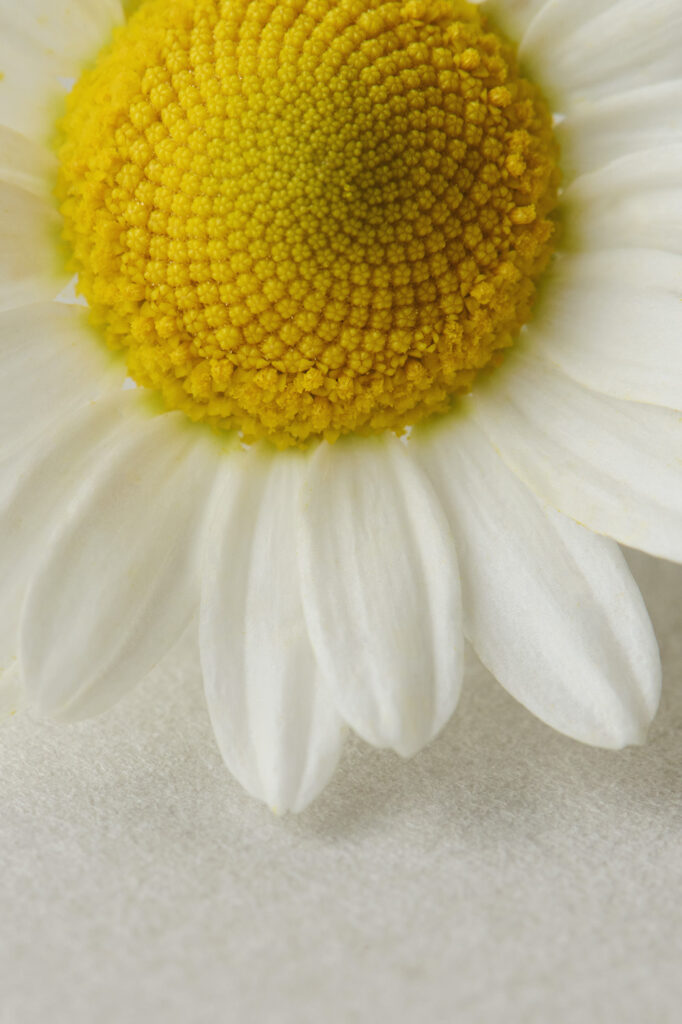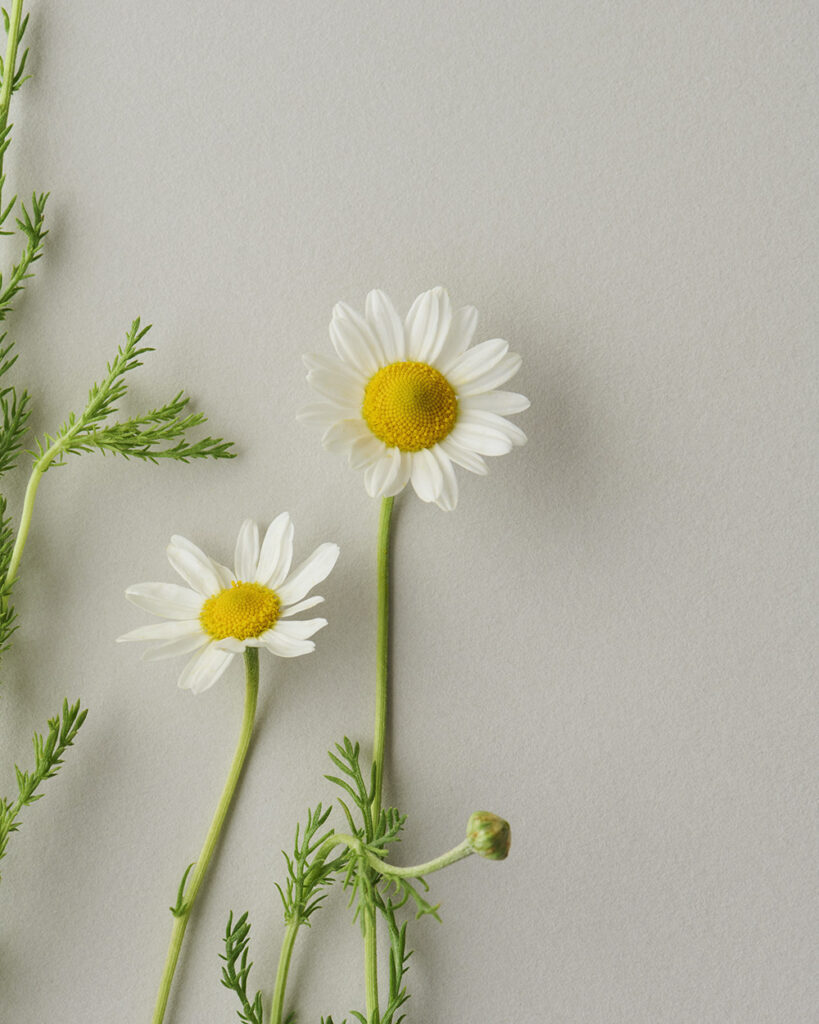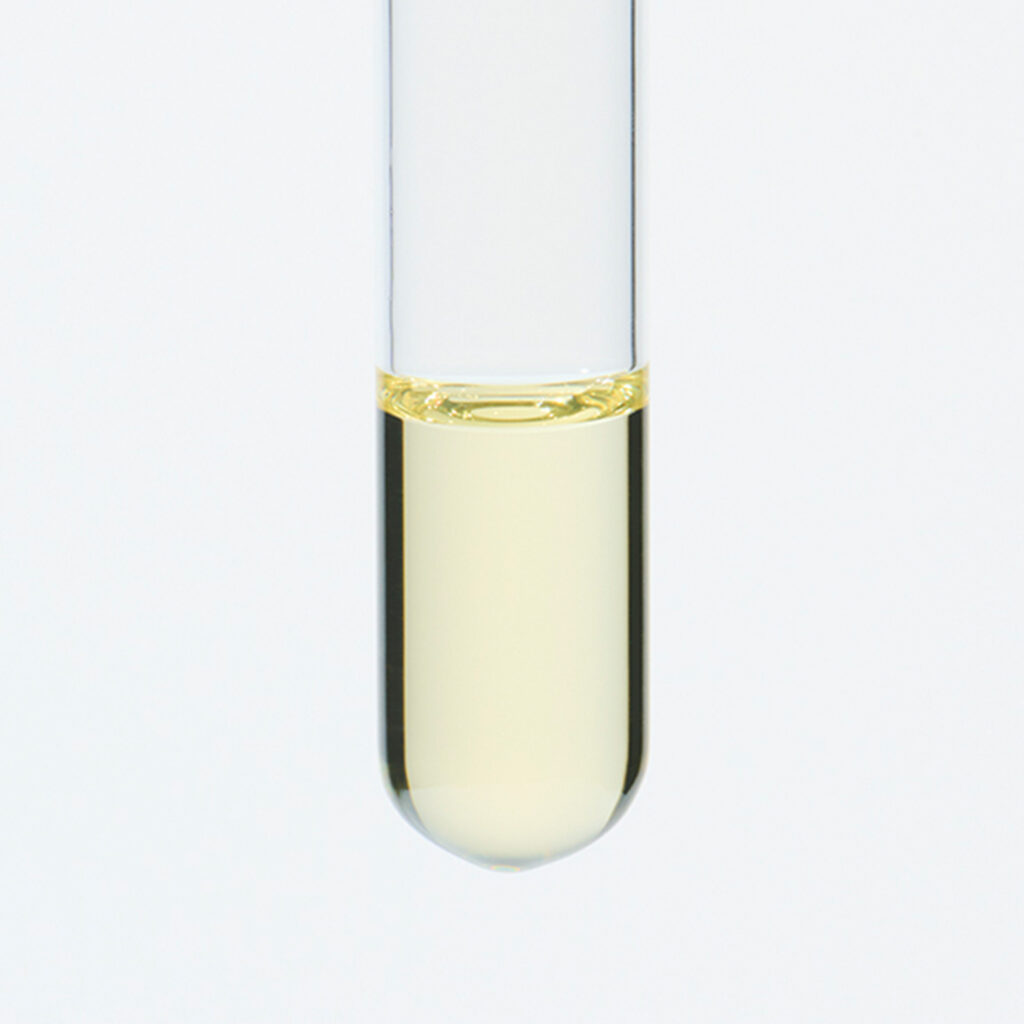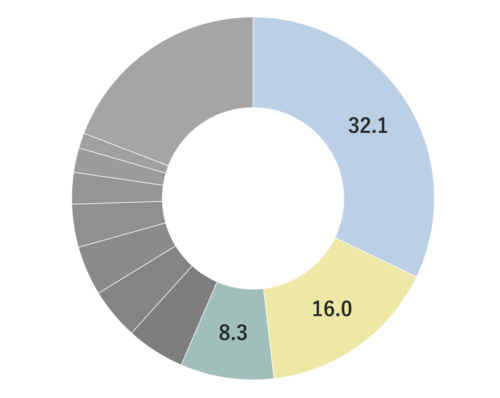Roman Chamomile, a perennial herb of the Asteraceae family, grows up to 30 cm tall. Unlike German Chamomile, its stems creep along the ground, and the fragrance emanates not only from the flowers but also from the stems and leaves. The petals are white, and the core is yellow. The term “Chamomile” is derived from the Greek words “chamai,” meaning “on the ground,” and “melon,” meaning “apple,” forming the phrase “apple of the ground.” This name reflects the aroma emitted by the flowers, stems, and leaves, resembling that of an apple, especially when stepped on or walked upon. Roman Chamomile is popular as a garden herb but prefers cooler environments and does not thrive in hot and humid places.




